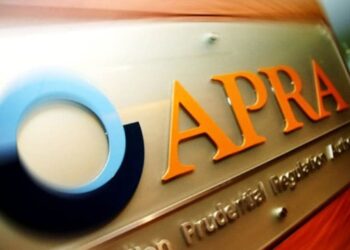Superannuation funds are taking on illiquidity risk in search for yield, according to research.
National Australia Bank’s (NAB) latest Superannuation FX Hedging Survey revealed that 72 per cent of 61 Australian super funds surveyed planned to increase their offshore investments over the next two years.
The report said this was “particularly strong” amongst the larger funds – over $25 billion – with 85 per cent looking to increase their offshore exposure. Another 57 per cent of government funds said their offshore allocation would remain unchanged.
Over 80 per cent of funds looking to increase their offshore investments looked to significantly increase their weightings towards alternatives, private equity and other unlisted markets including private debt, infrastructure and real estate.
NAB head of FX research, Ray Attrill, said while illiquidity was a cost to bear it was willingly assumed as the nature of the investments had a 30 to 40 year time horizon.
“A fund can withstand the relative illiquidity and market shocks that can come with that as they have annuity-like characteristics,” he said.
“But also, in the search for yield the unlisted space generally has higher yield, and because of the illiquidity premium attached to the asset it is actually being sought after by funds.”
NAB’s head of FX investor sales, Jamie Bonic, said it was important for super funds to find assets with very long durations when it came to maintaining yield.
“Prior to the infrastructure asset boom, your only vehicle was long-dated global government bonds and the returns were very low,” he said.
“So now you’re very willing to bear that illiquidity premium for high quality infrastructure assets due to the difference in yield and to match your asset liability managing issues. This is especially if you don’t intend to sell that asset.
“On that basis you can see why there has been a search for those assets and why people are waiting for change in the US to bring more infrastructure assets to the market.”
The survey also found that funds were also hedging less of their FX exposure to take on more FX risk.
NAB executive general manager markets, Drew Bradford, said: “This is because they want to be more responsive to market movements, such as a perceived large undervaluation or overvaluation of the Australian dollar”.
The average hedge ratio applied to international equity exposure had fallen to 29 per cent in 2019 from 39 per cent in 2017, the survey noted.
Bradford said the fall likely reflected the downtrend in the Australian dollar, form above US 80 cents ($1.18) at the time of 2017 to nearer US 70 cents in 2019, and there was an expectation that the currency could fall further.
The survey also found funds were using target percentages for their foreign currency exposure, rather than traditional hedging ratios.
“The move away from traditional hedging ratios is a seismic shift in thinking,” Bradford said.
“More funds want to view currency risk through the same lens as other asset allocation decisions and feel that running a higher foreign exposure is a cost-effective way to protect against any deterioration in risk sentiment.”
Internal investment teams within super funds were also on the rise in playing a more influential role. Almost 50 per cent of funds named ‘internal teams’ or ‘internal teams with consultants’ as the key influence in setting the fund’s hedge policy.




